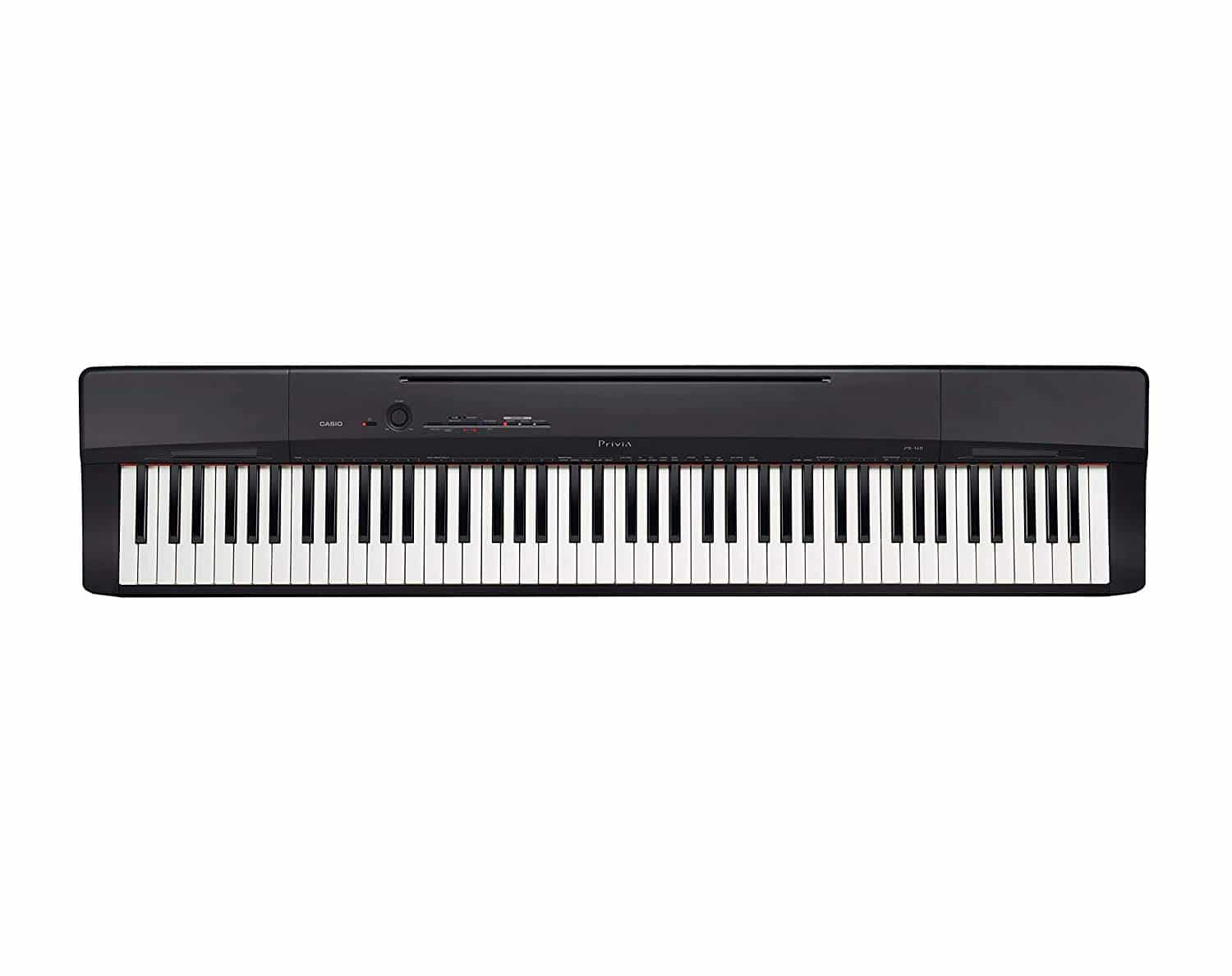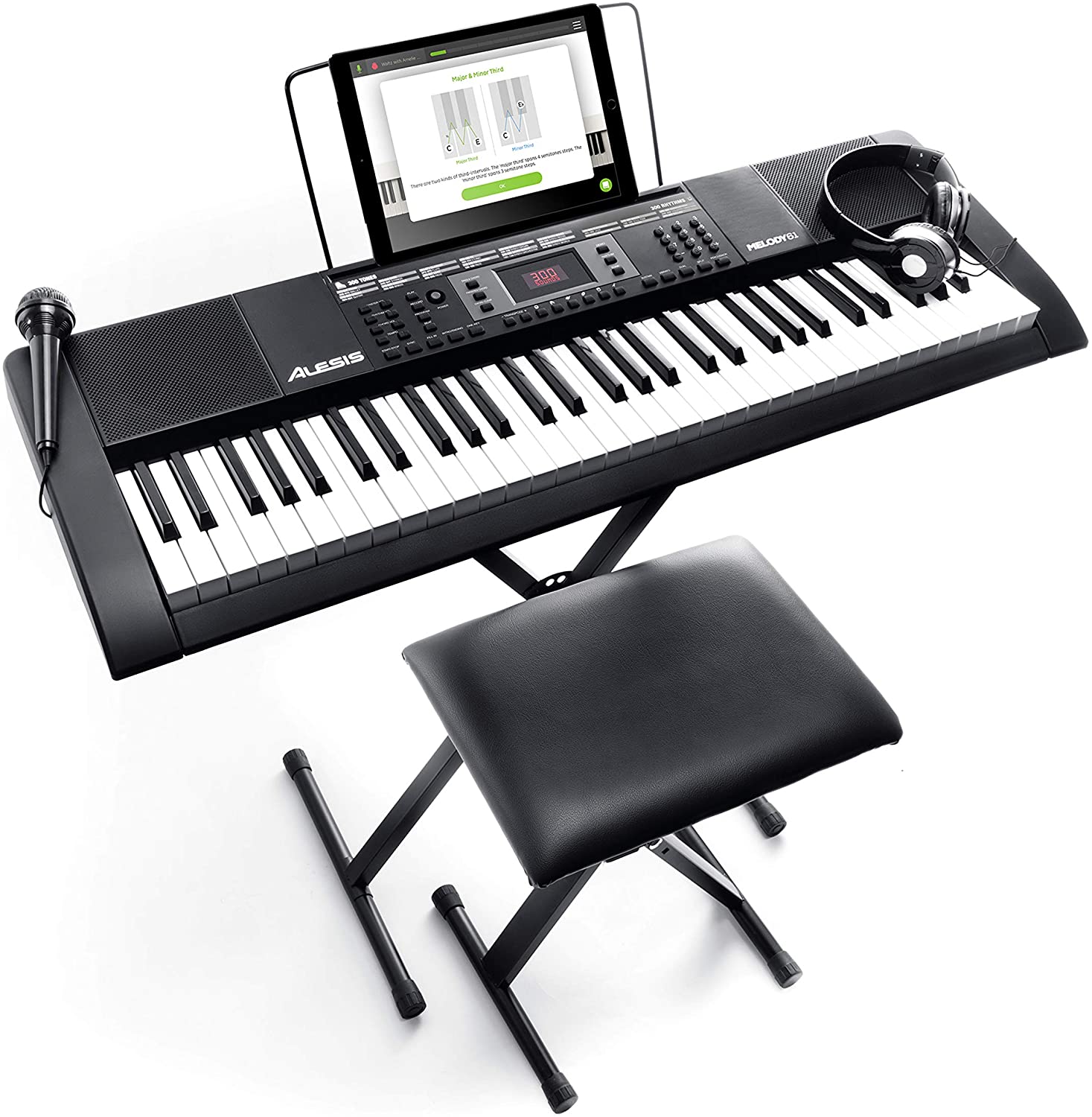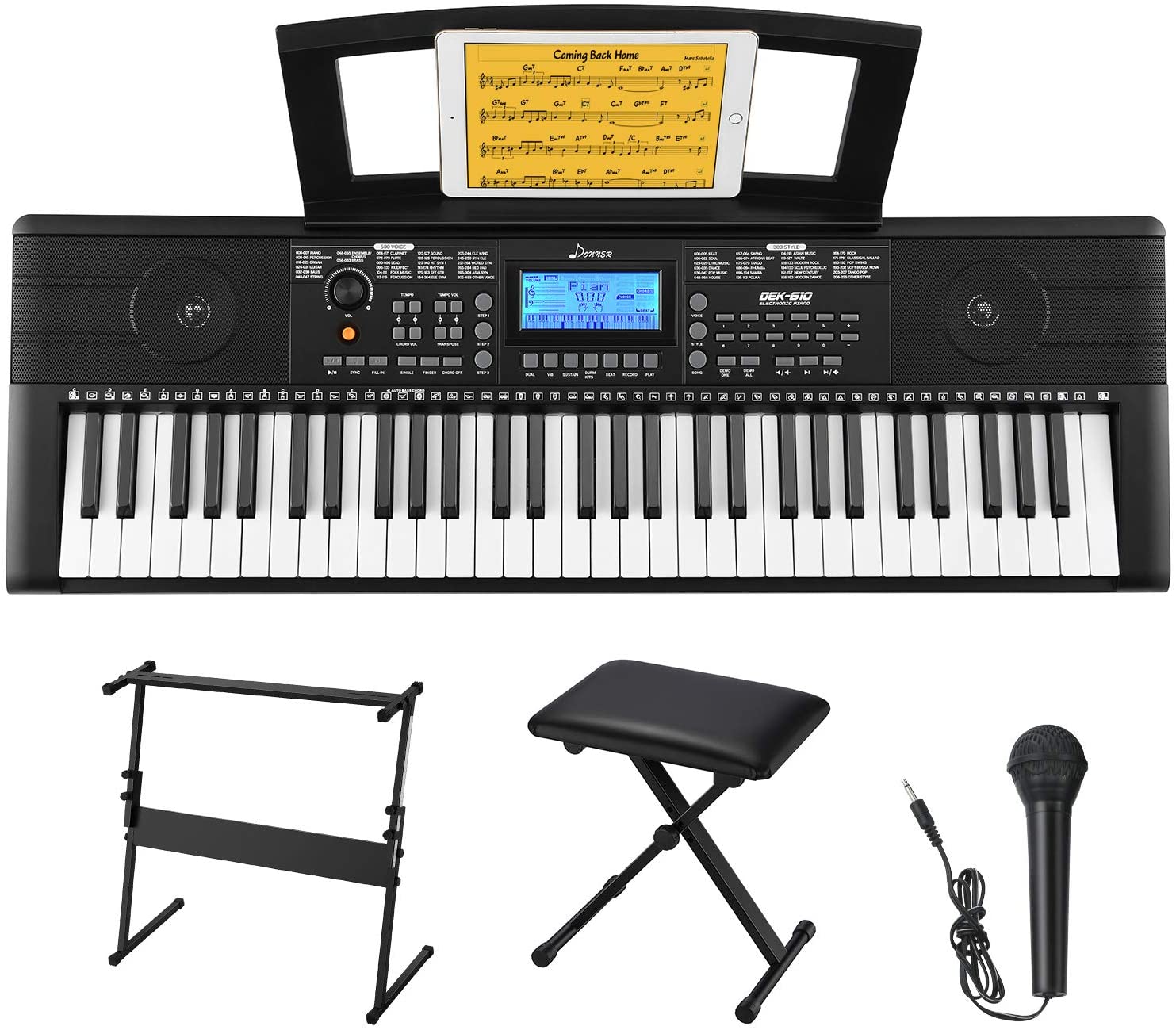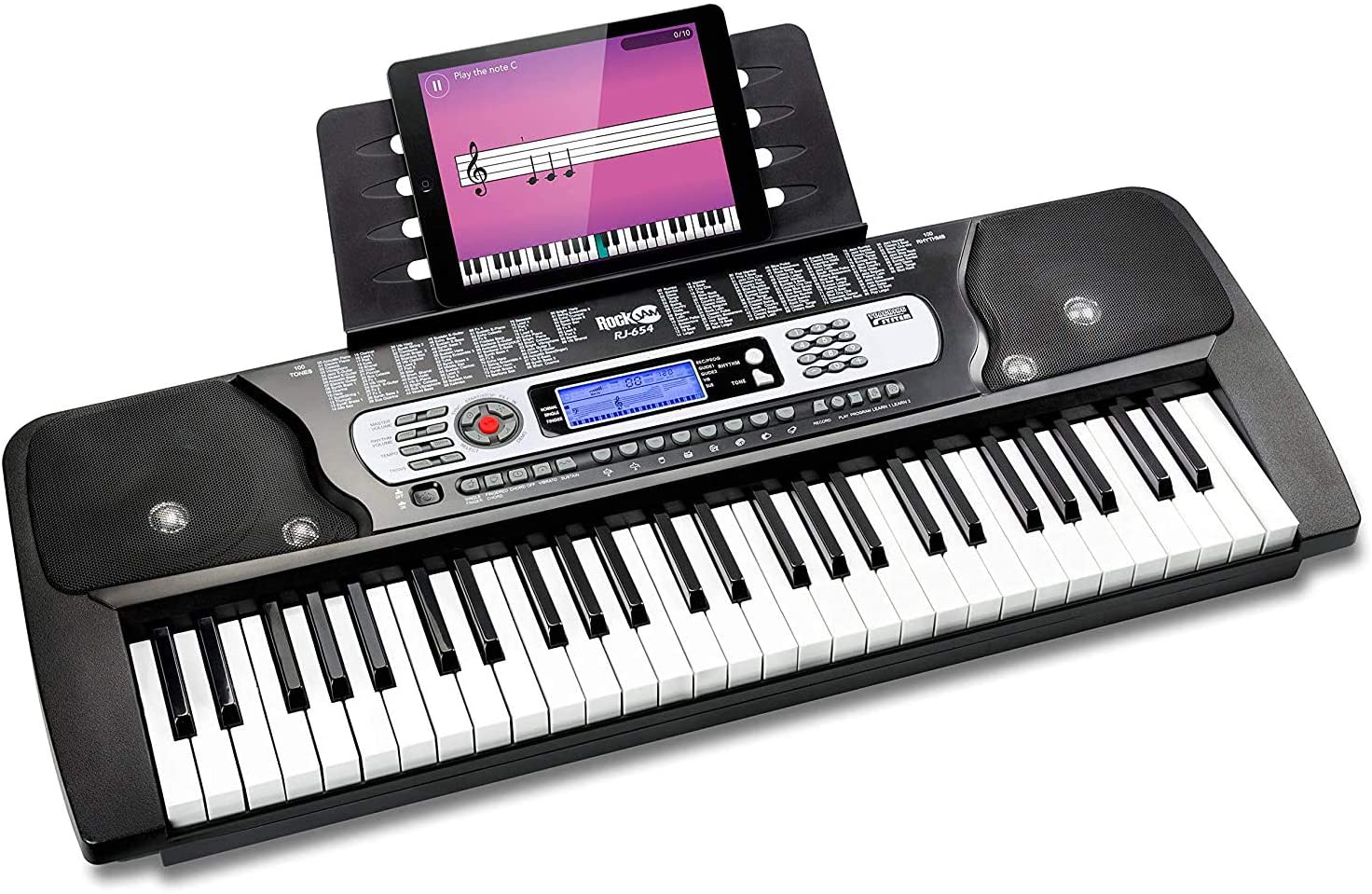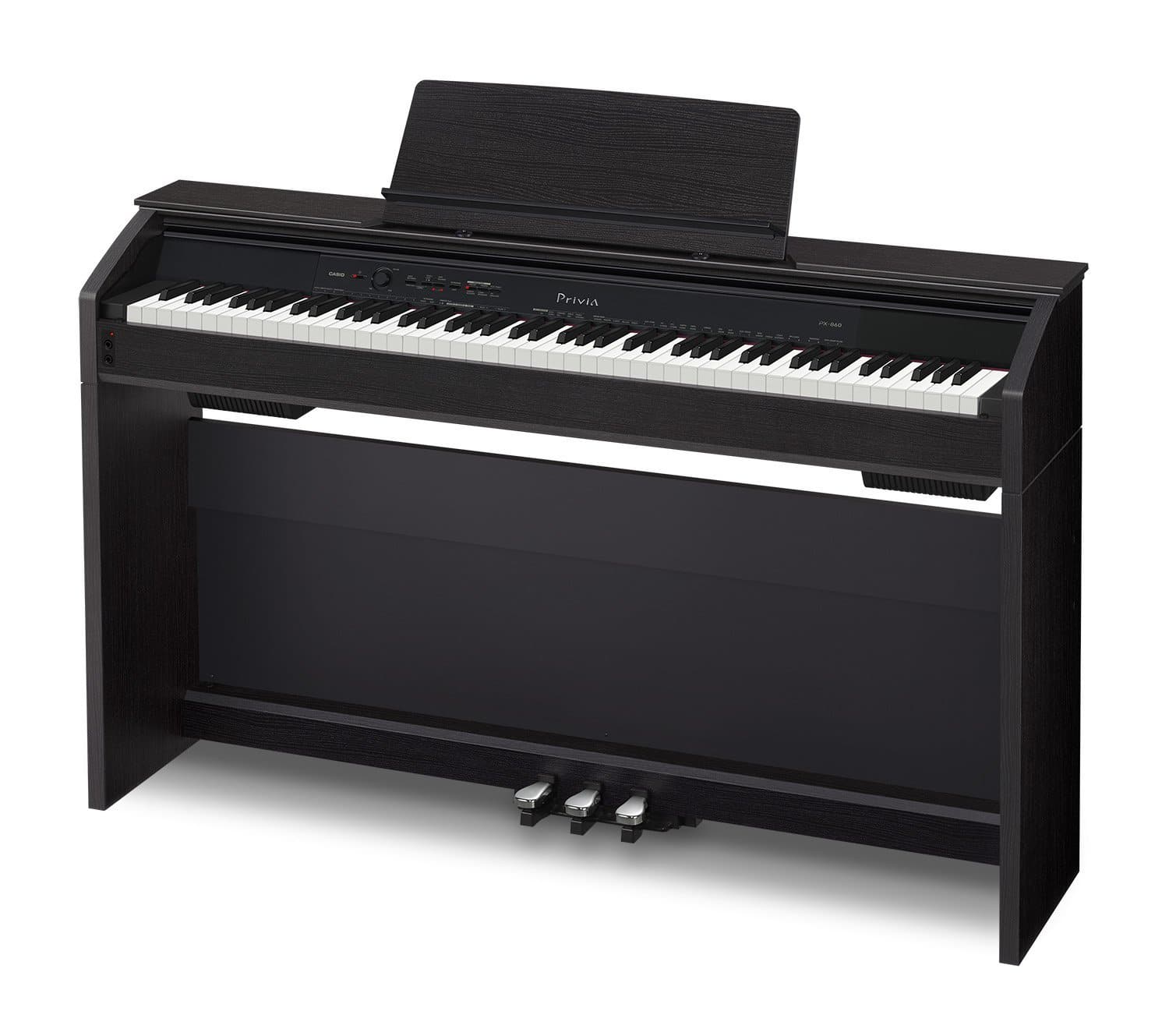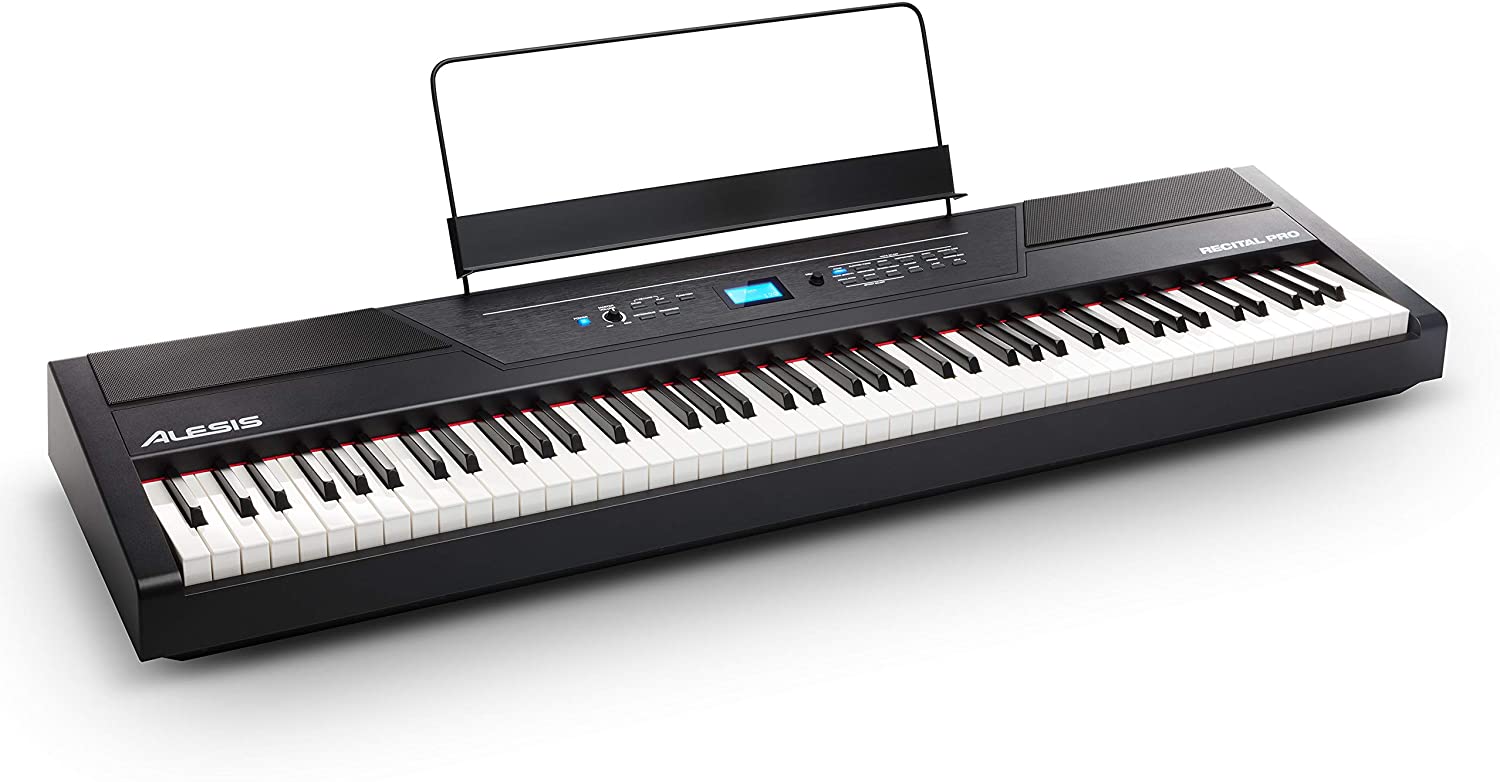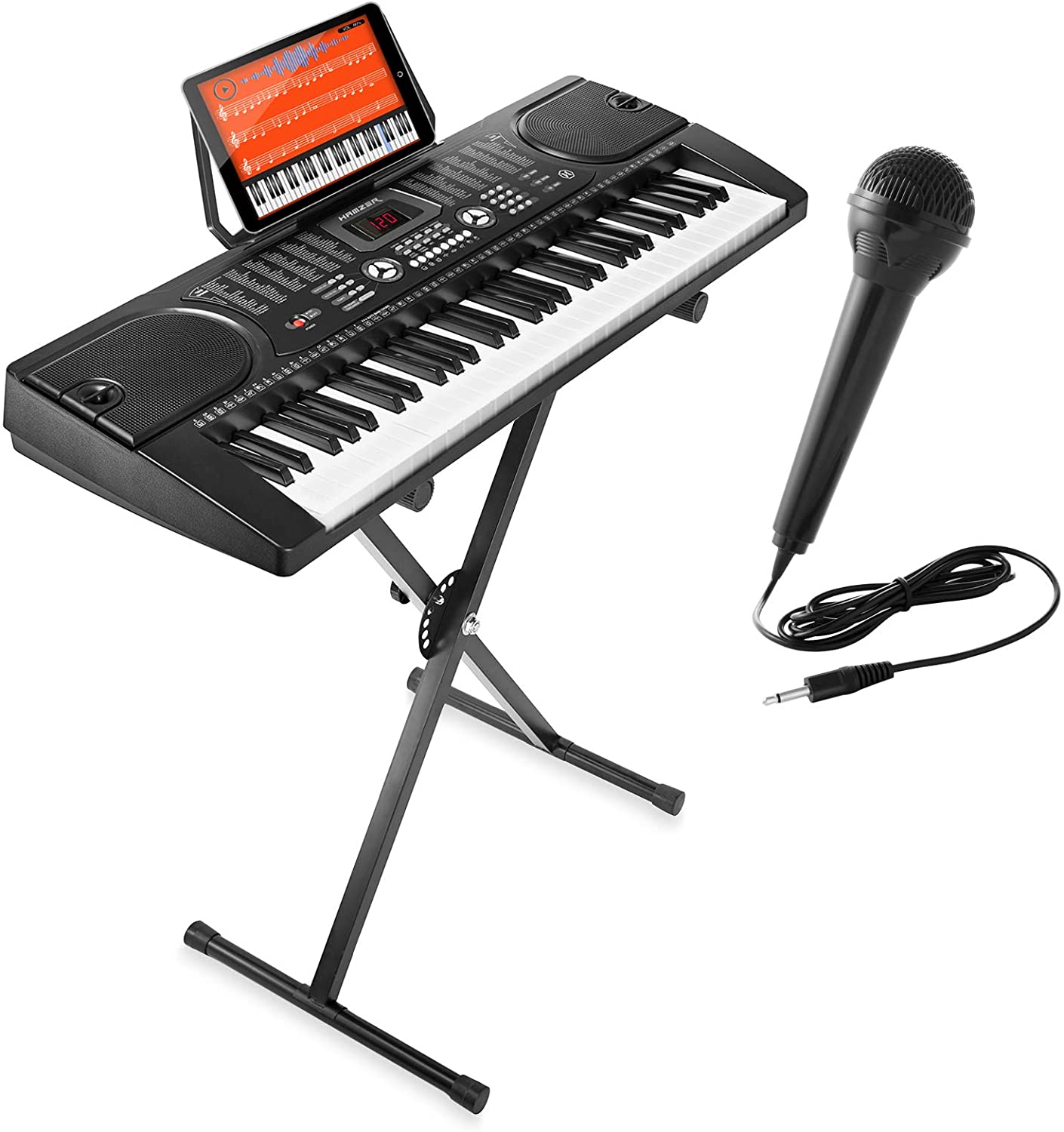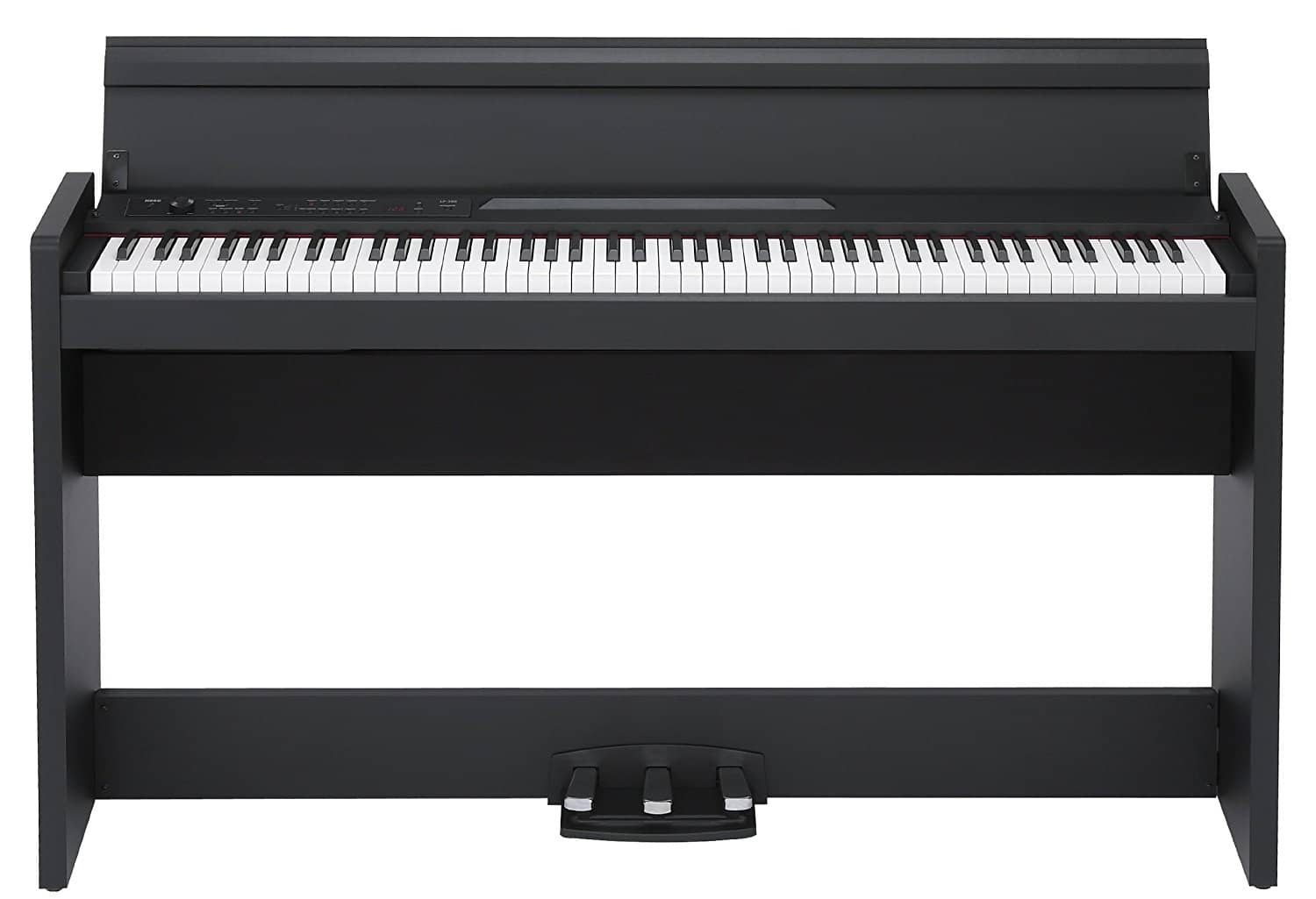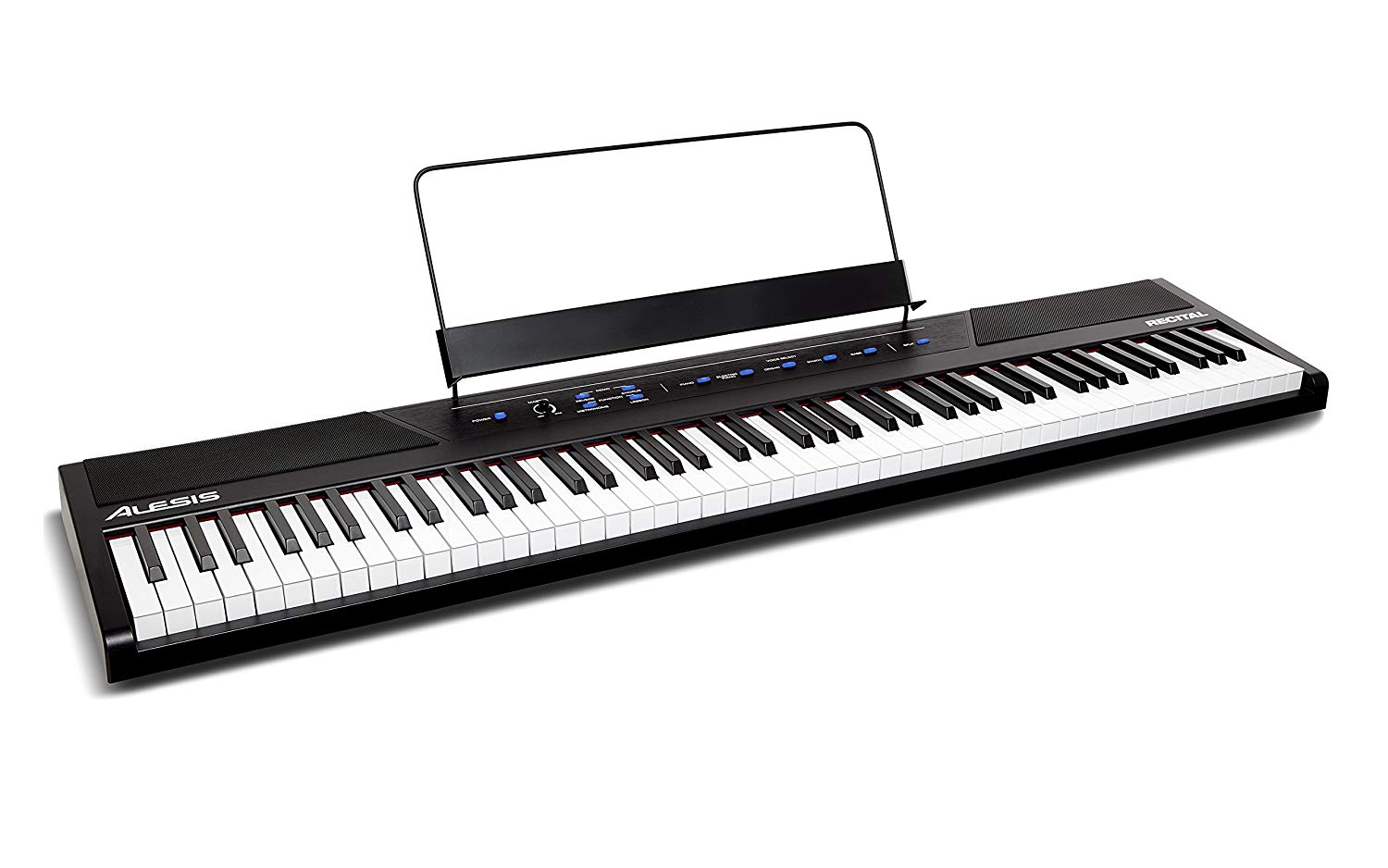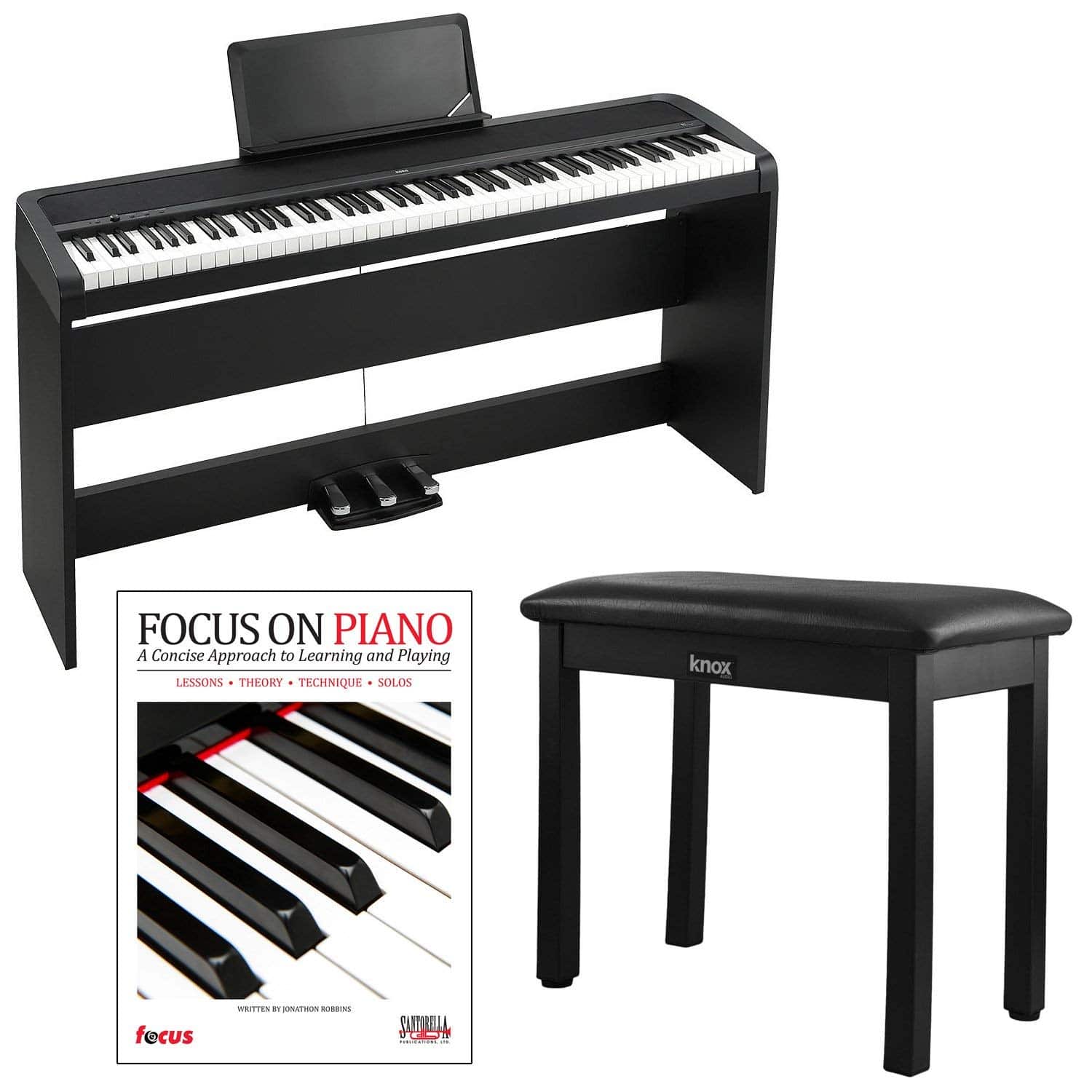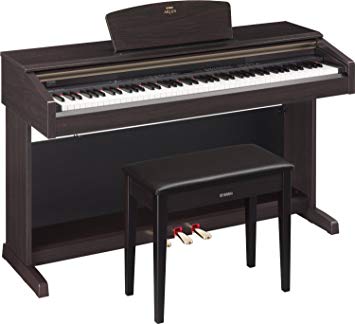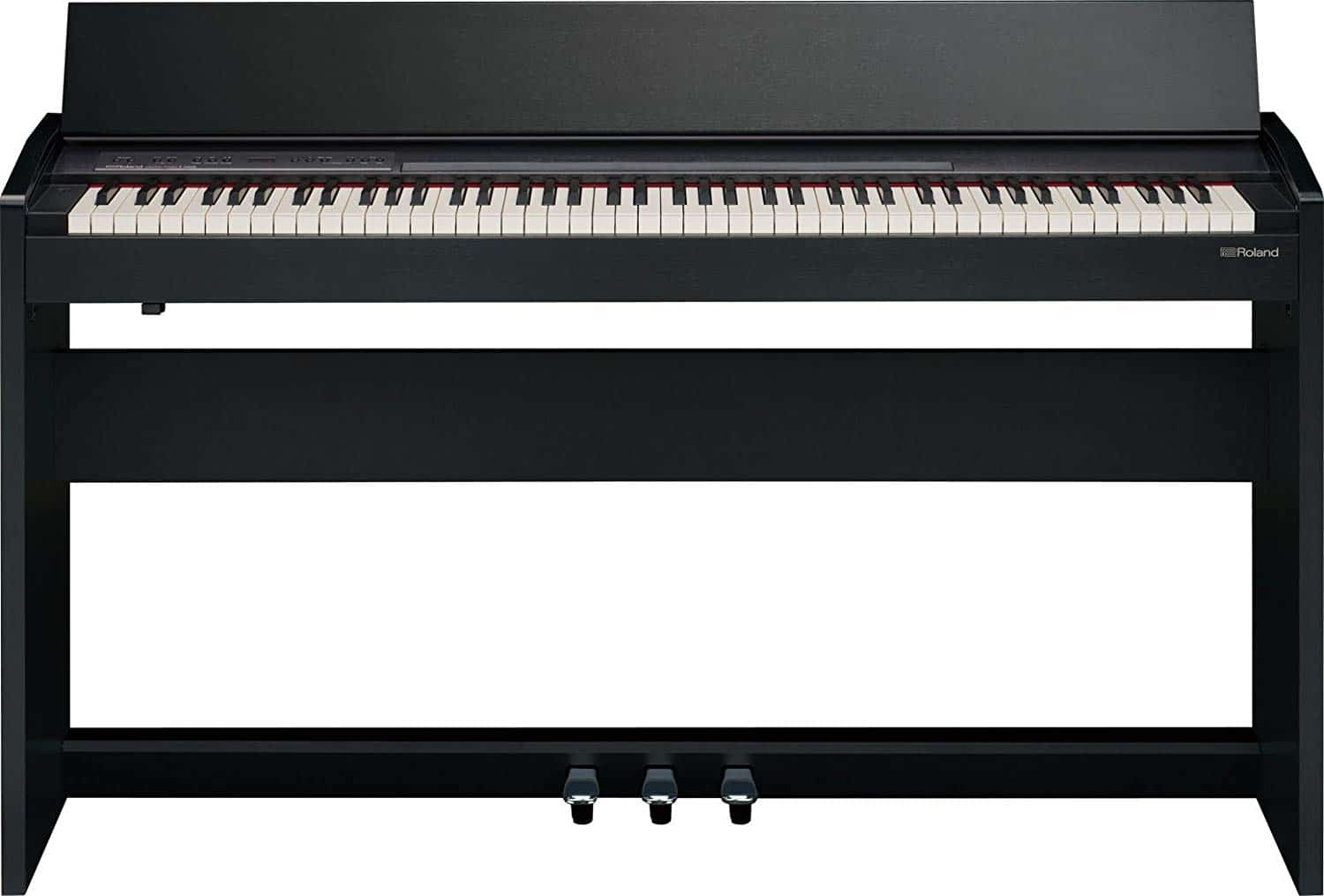Casio Privia Digital Piano
Last updated: February 21, 2019
We looked at the top Digital Keyboards and dug through the reviews from some of the most popular review sites. Through this analysis, we've determined the best Digital Keyboard you should buy.
Product Details
In our analysis of 49 expert reviews, the Casio Privia Digital Piano placed 11th when we looked at the top 12 products in the category. For the full ranking, see below.From The Manufacturer
Launching into multi-dimensional AiR sound generation becomes a pleasure with the new PX-160. The pure functions produced by the digital piano make its 18 authentic piano tones sound even better to the ear: Thanks to the new speaker system (2 x 8 watts) for maximum hearing pleasure when playing alone at home and the new line-out slot for simple connection to external loudspeakers (on stage, in a practice room or at home).
Expert Reviews
What reviewers liked
It has what Casio calls “tri-sensor scaled hammer action,” which involves the use of three sensors instead of the usual two. This makes the keyboard more responsive with repeated notes because the key doesn’t need to return to its resting position before being struck again.
This digital piano showcases Casio’s very own Multi-Dimensional Morphing AiR Sound Source. This feature is able to reproduce any sound without distortion.
Casio has done a great job of installing a top quality keyboard in the PX-160. You get a Tri-Sensor Scaled Hammer Action II keyboard, which lends an acoustic sound.
This is a really portable keyboard. Its weight, at just a tad over 25 pounds and size, making it easy to take it with you, anywhere you fancy going. It’s also pretty slim, measuring about 11.5 inches in depth.
There are 18 different sounds included with this piano. Some of them are better than others, but one thing is for sure: Continuing the trend, the PX-160’s sounds are vastly superior to many different models out there that offer similar sounds, such as strings, brass, and woodwinds.
The speakers are loud enough to comfortably play at small to medium spaces without using an external amplifier.
You can play two different instrument sounds on each hand within a keyboard. For example, left hand can play vibratone, right hand can play piano; it gives effect of one person playing two different instrument sound..
What reviewers didn't like
Liz noted a vibration when the keys were fully depressed. It’s likely there to emulate the string vibration that can be felt through the keys on an acoustic piano. She found it distracting, but it didn’t bother me, and neither Brent nor Jack mentioned it.
It has quite boastful of a lot of features, but, it lacks one thing – the digital display. The displays make a big difference. Although much more expensive, the Yamaha DGX-660 with an LCD screen is kind of easier to navigate than this.
Pedal is somewhat weak and small
Accessing many of the functions involves a lot of key pressing combinations which can be inconvenient, not to mention annoying.
When turned up near the limit, we did notice a bit of peaking when multiple voices were being expressed simultaneously, but nothing bad enough to be more than a minor annoyance.
A display would certainly improve the usability of the PX-160, but considering the price of the instrument I can’t ask for more.
Not equipped with MIDI terminals. MIDI communication between the product and a computer is performed using the USB port.
View our Digital Keyboard buying guide for in-depth advice and recommendations.
